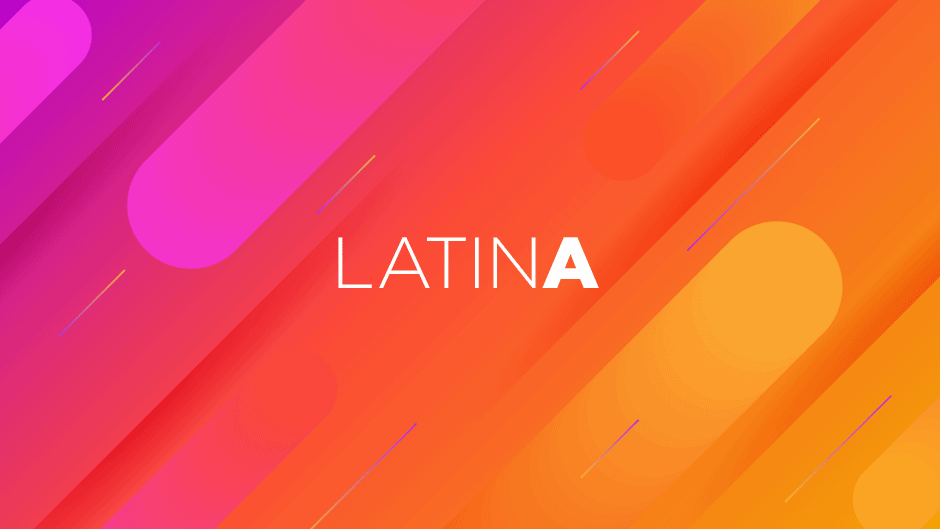For years, the discussion centered on Latinos vs. Hispanics. Some Hispanics in the U.S. identify using the term Hispanic because they saw themselves as descendants from Spain and spoke Spanish, while Latinos referred to themselves as people who descended from Latin America.
Now comes LatinX, a term that has become popular to describe Hispanics or Latinos who prefer a gender-free description of their heritage. In Spanish, both terms (Hispano/a or Latino/a) link the person to their gender.
Popularized on internet sites, podcasts, and television shows like Netflix’s “One Day at a Time,” a show that highlights a Cuban-American family, the term seems popular with young Latinos who want the world to be more inclusive. Nevertheless, the term has its critics and advocates.
Michelle Maldonado, professor of religious studies and assistant provost of undergraduate education at the University of Miami, does not use it. She is Cuban-American and refers to herself as such, or as Latina.
“I do not personally or academically embrace it and I do not use it,” said Maldonado. “Yes, I recognize that it offers us a gender-neutral alternative to Latino/a. I realize that the term moves us beyond gender binaries and is inclusive of intersectionality. However—and maybe I am old school or just old—I cannot get on board with it.”
Maldonado believes the term LatinX seems to strip the word from the gendered nature of the Spanish language “with all its flows and complications.” She has a special affinity to the Spanish language, which was her first language, and the language she speaks at home with her husband and children.
She is also concerned that this term is prevalent in the academic world and may not have been born from the grassroots. Both Harvard University and Brown University have launched LatinX magazines.
Yet to many, LatinX is viewed as a way to bring more people into the fold.
Gisela Vega, director of the University’s LGBTQ Student Center, defines herself as LatinX or a Latina. Her parents are from Panama and Puerto Rico.
“The term has become mainstream,” said Vega, who remembers the term all over media after the mass shooting in Orlando, Florida, at Pulse, a popular LGBTQ nightclub, and a tragedy that affected many members of the LatinX commuity.
“It is a way to be more inclusive since people who have not been part of the binary get left out,” Vega said. “It is really about expanding ourselves out of the binary, wanting to meet our students where they are today. They don’t want to be caught in a binary anymore. It’s about changing perception and culture.”
Dinora Orozco, a senior who just founded Lucha Latina, an organization at the University established to recruit, retain and empower Latino women, said she has mixed feelings about LatinX.
“I respect and want to include everyone,” said Orozco. ”But LatinX is a term that was created in the United States. If you are from other countries you do not need to use LatinX.”
Also, she added, it is almost impossible to say in Spanish.
Orozco, like many of her friends at UM, identify themselves with the country they came from. In her case, she is from Guatemala.
Xavier Cortada, a local artist and professor of practice in the Department of Art and Art History, who was born to Cuban parents in Albany, New York, has not used the term yet. He believes that it might be a generational thing and younger people use it more.
“I should own the term,” he said. “Not because my nickname is X, but because of its gender neutrality. I just haven’t.”
But he realizes that it is about negotiating identity. “It always is.”

